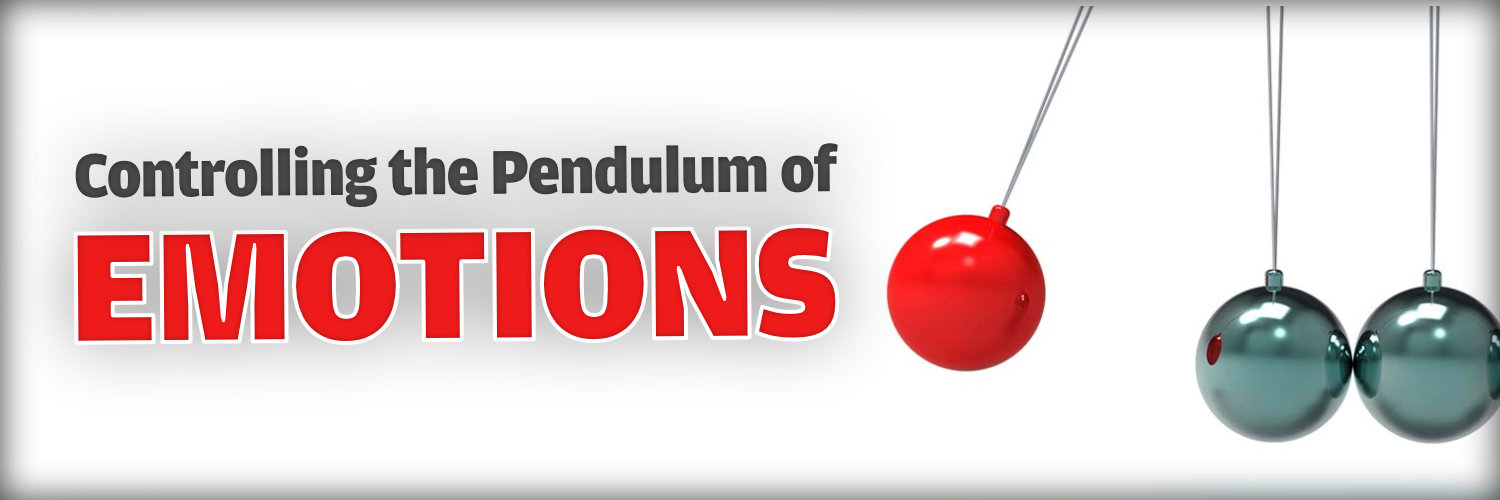
Shelf Life
My intention is to hold stocks forever, but the harsh reality is every stock has different shelf life.
When I read long-form investing articles I copy and paste the portions I connect with into word documents and categorize them into folders. I’ve accumulated around 500 files in 85 different categories. I have files for “ROIC”, “long-term”, “concentrated”, “position sizing”, “averaging down”, “averaging up”, “fear”, “jealousy”, “over-confidence”, etc.

When I read long-form investing articles I copy and paste the portions I connect with into word documents and categorize them into folders. I’ve accumulated around 500 files in 85 different categories. I have files for “ROIC”, “long-term”, “concentrated”, “position sizing”, “averaging down”, “averaging up”, “fear”, “jealousy”, “over-confidence”, etc. It is honestly a tangled mess of folders and files, but it’s my tangled mess. I go back to them often for research and reflection.
Joe Koster of ValueInvestingWorld.com recently shared a passage from Howard Marks memo “On the Couch”, from January 2016. I ended up reading the entire letter and was drawn to Marks idea of the “investment pendulum” or what I would call the pendulum of emotions. Given the volatile state of the market I thought I would share a few excerpts that I’ve reflected on and filed away.
Excerpts from On the Couch:
One of the most notable behavioral traits among investors is their tendency to overlook negatives or understate their significance for a while, and then eventually to capitulate and overreact to them on the downside. I attribute a lot of this to psychological failings and the rest to the inability to appreciate the true significance of events.
As negatives accumulate – whether they surface for the first time or just are finally recognized as significant – eventually a time comes when they can no longer be ignored, and instead they come to be treated as being of overwhelming importance.
Especially during downdrafts, many investors impute intelligence to the market and look to it to tell them what’s going on and what to do about it. This is one of the biggest mistakes you can make. As Ben Graham pointed out, the day-to-day market isn’t a fundamental analyst; it’s a barometer of investor sentiment. You just can’t take it too seriously. Market participants have limited insight into what’s really happening in terms of fundamentals, and any intelligence that could be behind their buys and sells is obscured by their emotional swings.
Almost 25 years ago, in my second memo (“First Quarter Performance,” April 1991), I introduced the concept of the investment pendulum:
“Although the midpoint of its arc best describes the location of the pendulum “on average,” it actually spends very little of its time there. Instead, it is almost always swinging toward or away from the extremes of its arc. But whenever the pendulum is near either extreme, it is inevitable that it will move back toward the midpoint sooner or later.”
One of the most significant factors keeping investors from reaching appropriate conclusions is their tendency to assess the world with emotionalism rather than objectivity. Their failings take two primary forms: selective perception and skewed interpretation. In other words, sometimes they take note of only positive events and ignore the negative ones, and sometimes the opposite is true. And sometimes they view events in a positive light, and sometimes it’s negative. But rarely are their perceptions and interpretations balanced and neutral.
Investor psychology rarely gives equal weight to both favorable and unfavorable developments. Likewise, investors’ interpretation of events is usually biased by their emotional reaction to whatever is going on at the moment. Most developments have both helpful and harmful aspects. But investors generally obsess about one or the other rather than consider both.
It all seems so obvious: investors rarely maintain objective, rational, neutral and stable positions. First they exhibit high levels of optimism, greed, risk tolerance and credulousness, and their resulting behavior causes asset prices to rise, potential returns to fall and risk to increase. But then, for some reason – perhaps the arrival of a tipping point – they switch to pessimism, fear, risk aversion and skepticism, and this causes asset prices to fall, prospective returns to rise and risk to decrease. Notably, each group of phenomena tends to happen in unison, and the swing from one to the other often goes far beyond what reason might call for.
That’s one of the crazy things: in the real world, things generally fluctuate between “pretty good” and “not so hot.” But in the world of investing, perception often swings from “flawless” to “hopeless.” The pendulum careens from one extreme to the other, spending almost no time at “the happy medium” and rather little in the range of reasonableness. First there’s denial, and then there’s capitulation.
To explain why these bipolar episodes occur, I want to spend a little time on some of the factors behind investor psychology. For the most part they’re easily observed and dissected, and not mysterious. I discussed some of them in “It’s Not Easy”:
Emotion is one of the investor’s greatest enemies. Fear makes it hard to remain optimistic about holdings whose prices are plummeting, just as envy makes it hard to refrain from buying the appreciating assets that everyone else is enjoying owning. Confidence is one of the key emotions, and I attribute a lot of the market’s recent volatility to a swing from too much of it a short while ago to too little more recently. The swing may [result] from disillusionment: it’s particularly painful when investors recognize that they know far less than they had thought about how the world works. It’s important to remain moderate as to confidence, but instead it’s usually the case that confidence – like other emotions – swings radically.
The difficulty of understanding events, their significance and their potential ramifications comes in good part from the kinks in investors’ psyches, and it contributes to – and feeds back to exacerbate – investors’ responses. Thus investors tend to emphasize just the positives or the negatives much more often than they take a balanced, objective approach. And they tend to become optimistic and eager to buy when good news, positively interpreted, has forced prices up . . . and vice versa. All of this is obvious (especially in retrospect), and thus equally obviously, understanding and dealing with it presents a potential way to improve results.
Notions of market efficiency – the idea that most assets are priced “right” – are based on belief in investor rationality and objectivity. But certainly those traits are little seen in real life. “Inefficiencies” – in everyday language, “mispricings” – stem from biases against one asset or in favor of another: legal, cultural, informational, and especially behavioral and emotional. The first three of these exist much less nowadays than they did 30 or 40 years ago, but the latter two still rear their head from time to time. And I’m sure they always will.
My Prescription
To help investors deal with their potential for “human error,” this shrink would prescribe a number of elements that can help with the task:
· The first essential element in coping with markets’ irrationality is understanding. The importance of psychology and its influence on markets must be recognized and dealt with.
· The second key lies in controlling one’s emotions. An investor who is as subject as the crowd to emotional error is unlikely to do a superior job of surviving the markets’ swings. Thus it is absolutely essential to keep optimism and fear in the appropriate balance.
· Emotional self-control isn’t enough. It’s also important to have control over one’s circumstances. For professionals, that primarily means structuring one’s environment so as to limit the impact on them of other people’s emotional swings. Examples include inflows to and outflows from funds, fluctuations in market liquidity, and pressure for short-term performance. At Oaktree we never fail to appreciate the benefit we enjoy from being able to reject “hot money” and limit our funds’ redemption provisions.
· And finally there’s contrarianism, which can convert other investors’ emotional swings from a menace into a tool. Going beyond just fending off emotional fluctuation, it’s highly desirable to become more optimistic when others become more fearful, and vice versa.
===> Interact and learn with 250+ of the best microcap investors on the planet. [Join Us]
MicroCapClub is an exclusive forum for experienced microcap investors focused on microcap companies (sub $500m market cap) trading on United States, Canadian, European, and Australian markets. MicroCapClub was created to be a platform for experienced microcap investors to share and discuss stock ideas. Since 2011, our members have profiled 1000+ microcap companies. Investors can join our community by applying to become a member or subscribing to gain instant view only access. MicroCapClub’s mission is to foster the highest quality microcap investor Community, produce Educational content for investors, and promote better Leadership in the microcap arena. For more information, visit http://microcapclub.com and https://microcapclub.com/summit/
Get Alerted to our Next Educational Blog Post

My intention is to hold stocks forever, but the harsh reality is every stock has different shelf life.

How does a business get a premium valuation when they sell a commodity?

It's often how you react (or don't) to the same situations that shows you how much you’ve grown.